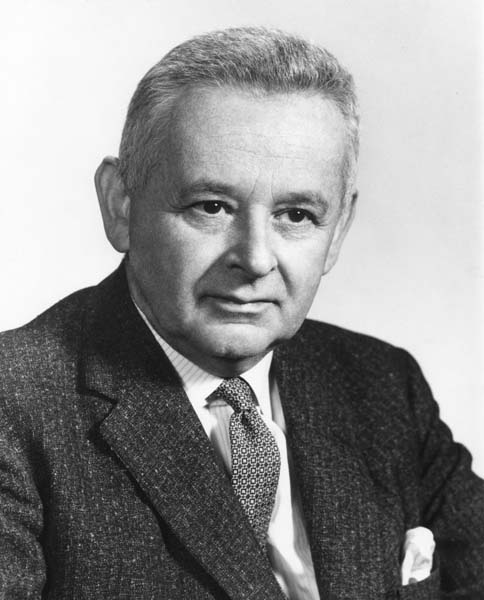Max Herzberger

OSA Fellow Max Herzberger was born 27 March 1899 in Berlin, Germany. He studied mathematics and physics at the Berlin University, where Albert Einstein was one of his professors, and who later became a friend and advisor. In 1923, Herzberger finished his Ph.D. thesis under Ludwig Bieberbach and Issai Schur at the philosophical faculty. In 1930, he became assistant to Hans Boegehold in the Chief of Calculation Office at Carl Zeiss Jena.
In 1934, the Nazis prevented him from obtaining a professorship at Universität-Jena and ended his contract at Zeiss. He immigrated to Rochester, New York and became head of Eastman Kodak’s optical research laboratories. He and his family, his wife and their three children, became U.S. Citizens in 1940. In 1945 he received the Cressy Morrison Award of the New York Academy of Sciences. In 1954, he finished the development of the superachromat as the ultimately well-corrected lens for Kodak.
OSA awarded him its highest honor, the Frederic Ives Medal/Jarus Quinn Award in 1962. In 1965, he retired from his position at Kodak and helped in building a graduate institute for optics in Switzerland. In 1968 he received and accepted an invitation to teach in the Physics Department at the University of New Orleans. He held patents for “apochromatic telescope objective having three air spaced components," and a "superachromatic objective."
He died in New Orleans, Louisiana, USA at the age of 83 in 1982.
Document Created: 26 Jul 2023
Last Updated: 28 Aug 2023
